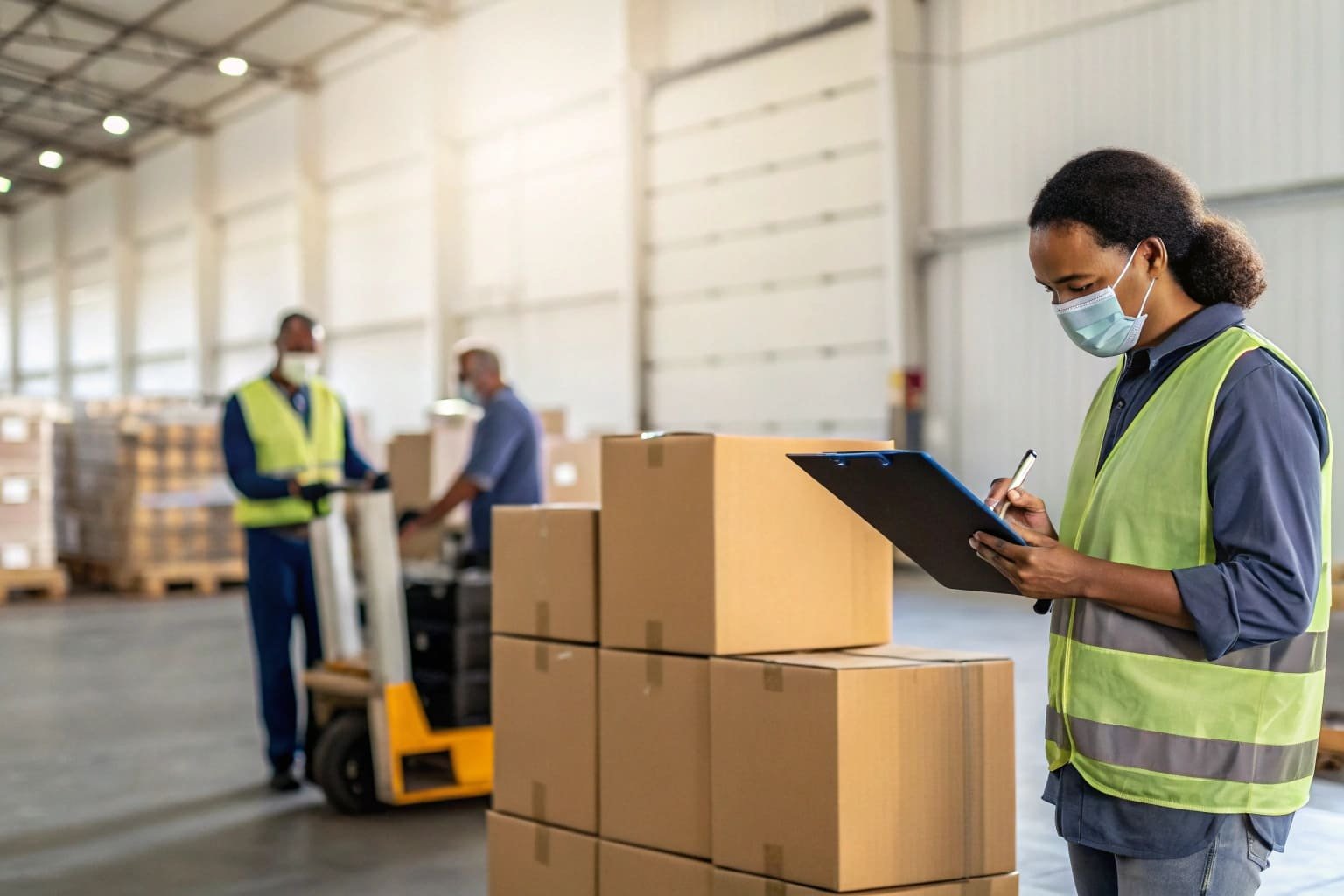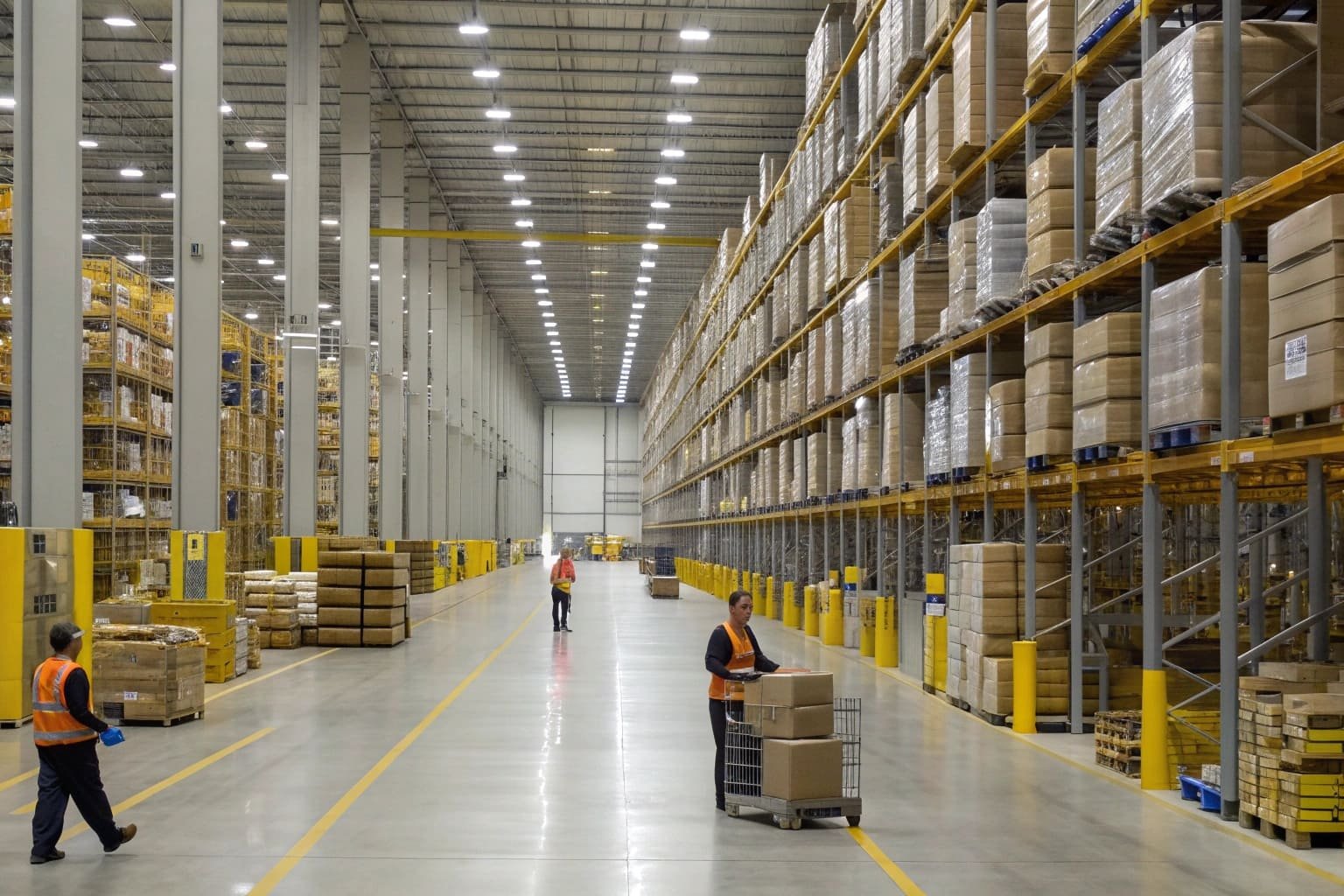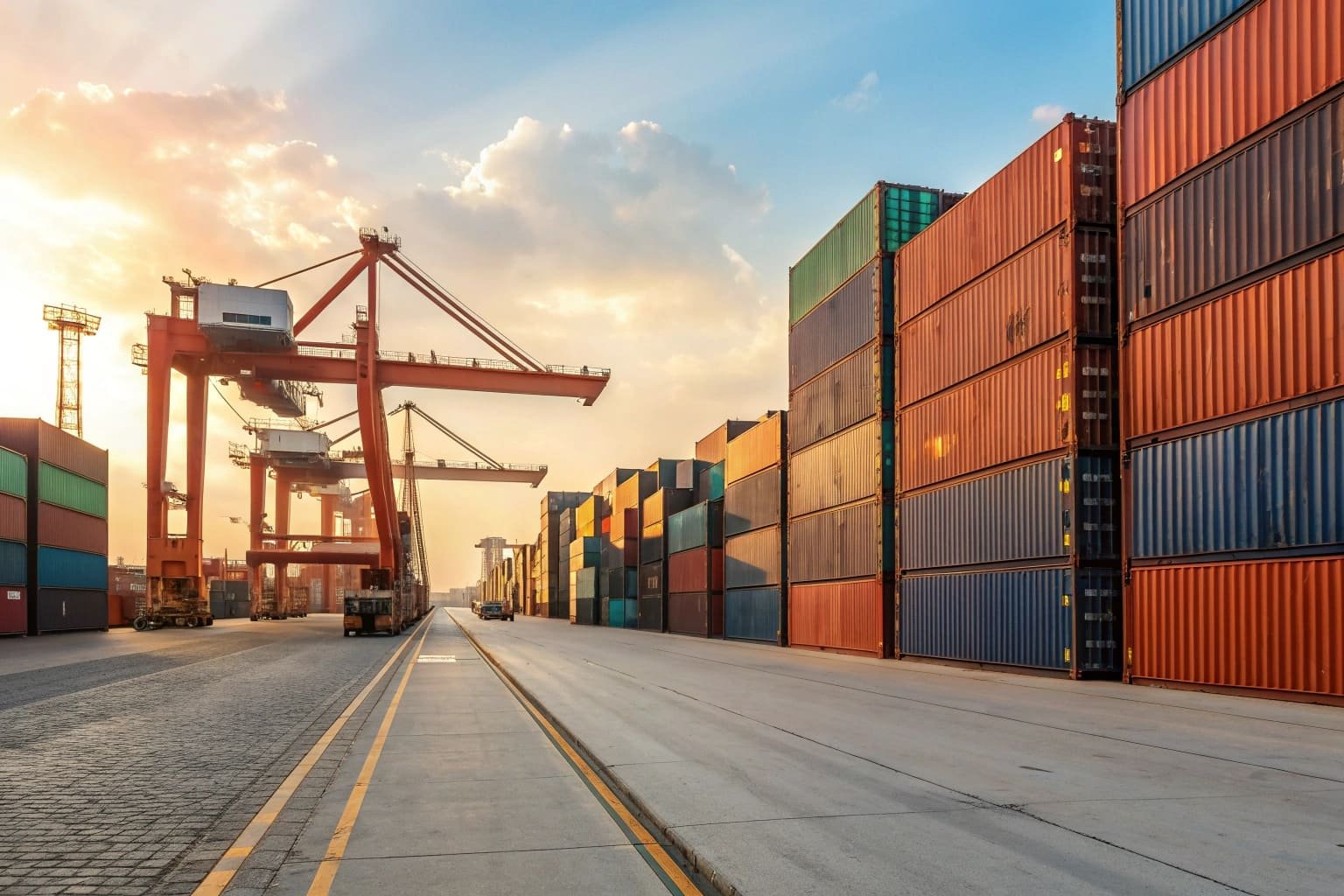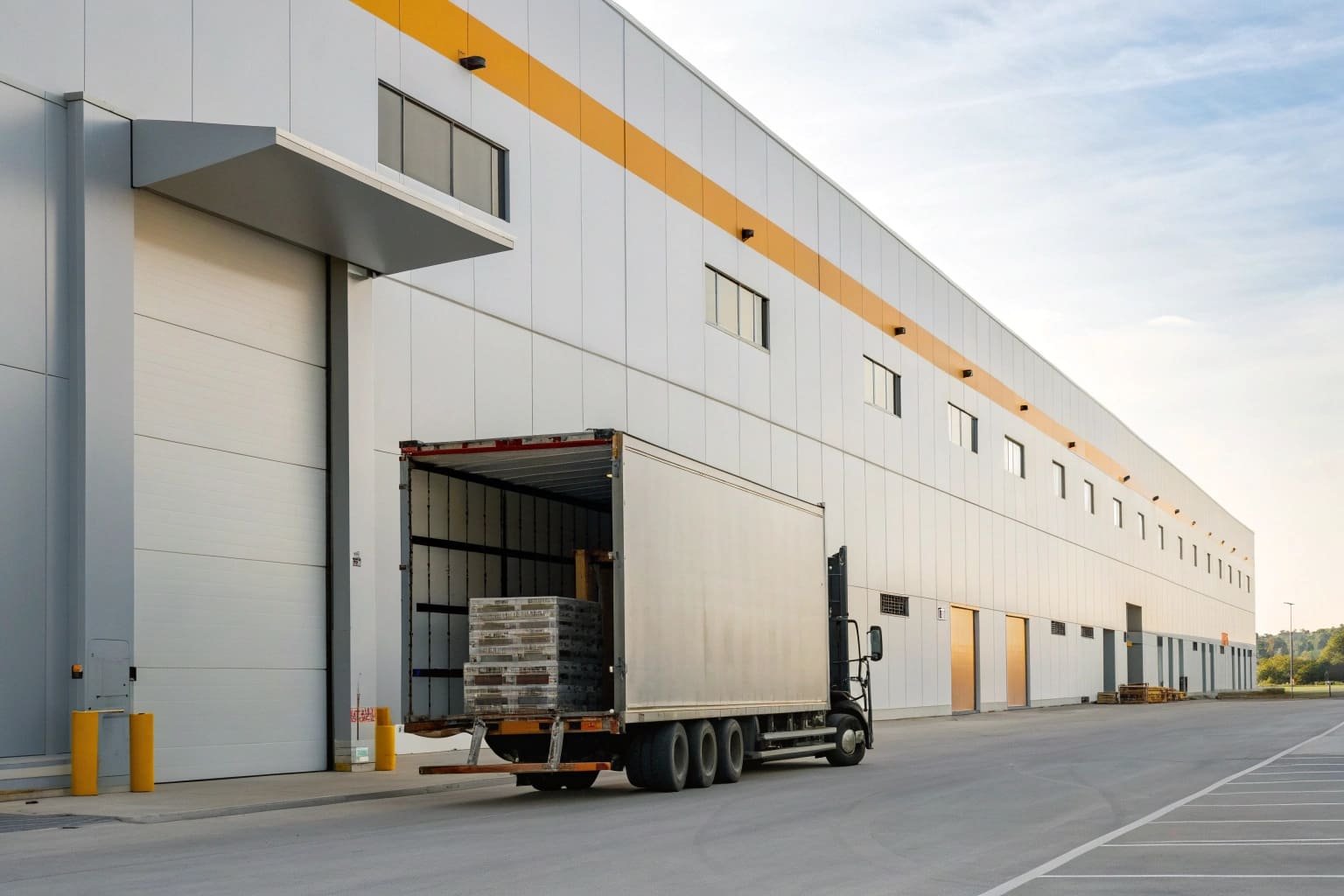
In today’s shifting global trade landscape, especially after the U.S.-China trade war, businesses are increasingly turning to Entrepot as a strategic solution to bypass trade barriers and hefty tariffs. Transshipment involves rerouting goods through intermediary countries before reaching the final destination. For Chinese exporters, this is a crucial strategy for avoiding the punitive tariffs imposed on goods headed to the United States.
This guide will walk you through the entire transshipment process, using a real-world case involving China, Malaysia, and the United States. We’ll cover the essential documentation, key steps, compliance risks, and a comparison of major transshipment hubs to help you select the most cost-effective and efficient option for your business.
1. What is Entrepot ?
Entrepot is a method where goods from one country (e.g., China) are rerouted through another (e.g., Malaysia) before reaching the final destination (e.g., the U.S.). It’s commonly used to reduce tariffs, optimize logistics, and bypass trade restrictions.
1.1 Key Benefits of Entrepot
- Lower Tariffs: Businesses can reduce or eliminate tariffs by leveraging favorable trade agreements through an intermediary country, minimizing direct costs from the country of origin.
- Optimized Logistics: Entrepot allows companies to benefit from the efficient logistics networks in key hubs like Singapore, Dubai, or Hong Kong, ensuring faster, more reliable deliveries.
- Avoiding Trade Barriers: Some markets impose restrictions or quotas on goods from specific countries. By rerouting through intermediary countries, goods can meet the necessary repackaging or transformation criteria to bypass these restrictions.
- Cost Efficiency: While there are additional steps involved, transshipment can often lead to lower overall costs due to tariff reductions and more favorable shipping arrangements.
2. Case Study: China-Malaysia-U.S. Entrepot Trade
2.1 Background
The U.S.-China trade tensions have made it challenging for Chinese exporters to stay competitive due to high tariffs. In response, many exporters are utilizing countries like Malaysia as transshipment hubs to reduce tariff burdens. Malaysia’s free trade policies, advanced port infrastructure, and efficient customs clearance make it an attractive option.
2.2 Detailed Process
Here’s how Entrepot from China through Malaysia to the U.S. works:
- Shipping from China to Malaysia: Goods are shipped to major ports like Port Klang or Penang. Required documents include the Certificate of Origin, Commercial Invoice, Packing List, and Bill of Lading, ensuring smooth customs clearance in both China and Malaysia.
- Bonded Warehousing in Malaysia: Upon arrival, goods are stored in bonded warehouses, allowing them to stay tariff-free. Basic operations, such as repackaging or container switching, ensure compliance with U.S. regulations.
- Container Switching: Goods may be transferred to a new container and relabeled, erasing any indication of Chinese origin to comply with U.S. import requirements.
- Export to the U.S.: After processing, updated documentation is prepared, including a new Certificate of Origin, ensuring goods appear to originate from Malaysia and not China.
- U.S. Customs Clearance: Once the goods arrive, U.S. Customs inspects them for compliance with import regulations. Customs scrutiny has increased, especially to detect potential tariff evasion, so documentation must be flawless.
3. Key Documents Required for Entrepot
Accurate documentation is critical for seamless customs clearance and regulatory compliance.
- Certificate of Origin (CO): Establishes the country of origin. If the goods undergo substantial transformation, a new CO is required.
- Commercial Invoice: Provides a detailed description of the goods for customs purposes. It must align with other documents.
- Packing List: Details the packing configuration and content. Consistency across documents is essential to avoid delays.
- Bill of Lading (B/L): A legal document between shipper and carrier detailing the type, quantity, and destination of the goods.
- Customs Declaration: Required for declaring goods to customs in both transit and destination countries.
- Insurance Certificate: Ensures goods are covered for potential damages during transit.
4. Key Considerations in Entrepot Trade
4.1 Packaging and Labeling Compliance
Goods must be relabeled appropriately, removing any indication of "Made in China" before exporting from the intermediary country to ensure compliance with U.S. regulations.
4.2 Container Switching for Compliance
Switching containers is a crucial step in complying with U.S. customs requirements and avoiding penalties for origin misrepresentation.
4.3 Documentation Accuracy
Any discrepancies between documents (B/L, CO, Invoice, Packing List) can lead to shipment delays, fines, or even the seizure of goods.
4.3 Customs Scrutiny
Given the increasing attention on transshipped goods, it’s essential to comply with customs regulations in both the transit and destination countries.
5. Comparison of Major Entrepot Countries and Ports
Here’s a breakdown of key entrepot hubs around the world:
| Country | Major Ports | Advantages | Disadvantages |
|---|---|---|---|
| Malaysia | Port Klang, Penang | Strategic location, robust logistics, free trade policies | Heightened U.S. scrutiny of Malaysian transshipments |
| Singapore | Singapore Port | World-class infrastructure, free trade zone, fast processing | Higher shipping and handling costs |
| Hong Kong | Hong Kong Port | Free port status, minimal tariffs, efficient customs processes | Political instability, evolving trade policies |
| Vietnam | Haiphong, Ho Chi Minh | Growing ASEAN trade agreements, competitive labor costs | Limited port capacity, less advanced infrastructure |
| UAE | Jebel Ali (Dubai) | Major hub for Middle East, tax benefits, excellent access to Africa and Europe | High transshipment fees, complex customs requirements |
| Netherlands | Rotterdam | Largest port in Europe, excellent access to EU markets | High congestion, expensive port handling charges |
| Mexico | Manzanillo, Lázaro Cárdenas | USMCA trade benefits, proximity to U.S. | Underdeveloped infrastructure, bureaucratic customs |
6、Frequently Asked Questions
Can only Malaysia be used for Entrepot ? What about Vietnam or Singapore?
- Answer: Currently, only Malaysia and Singapore can be used for Entrepot . Malaysia is more established, while Singapore is also an option, but the cost is $300-500 higher per container compared to Malaysia. However, note that Singapore cannot issue Certificates of Origin (CO). If a CO is needed, Malaysia is recommended.
Are there any tariffs for goods shipped from Malaysia to the U.S.? Can you help check the tariffs?
- Answer: There are no tariffs when shipping into and out of Malaysia. Most products shipped from Malaysia to the U.S. are not subject to tariffs, but only value-added tax (VAT).
What fees are included in the costs for the Malaysia segment?
- Answer: The basic costs for the Malaysia segment include container transfer fees, ocean freight (Malaysia to U.S.), and any additional services as needed (CO/labeling/fumigation). Fumigation, labeling, and CO are optional services and charged accordingly.
What are the local fees in Malaysia?
- Answer: Local fees in Malaysia are already included in the container transfer fee—everything is all-inclusive.
Is Re-Export safe? How is the ownership of the goods maintained during transshipment to ensure it stays with the customer?
- Answer: Transshipment is relatively safe and reliable.
- The Malaysian trade company is registered with U.S. customs, with all documents for shipments from Malaysia to the U.S. being legitimate, valid, and trustworthy.
- We have been cooperating with our Malaysian agent for over 10 years. Both sides are members of the WCA association, and we've made several mutual visits.
- The operation is done within a bonded zone, and there has never been a case of goods being lost.
Regarding ownership: Given the above two points, both the agent and our company have always designated ownership of the goods. Additionally, we have control over the payment process, as we pay our agent over USD 30,000 per month, giving us a strong position of authority in this aspect.
Is the payment made directly from the U.S. to the factory in China, or does it go through Malaysia?
- Answer: Generally, the payment is made directly from the U.S. to the Chinese factory. It can also be routed through Malaysia to the Chinese shipper, in which case a handling fee of 1% is charged, with a minimum of USD 200.
What is the validity of the sea freight from Malaysia to the U.S., and can the product be shipped?
- Answer: Due to the time involved in shipping from China to Malaysia and the transshipment process, sea freight rates from Malaysia to the U.S. may fluctuate. Thus, all quotes are valid only within a specified period. Most products can be shipped, and hazardous materials and other goods can be reviewed based on provided documentation.
Other tips:
- Products and packaging from China to Malaysia must not contain Chinese language or markings.
- Fumigation is not required for goods shipped from China to Malaysia.
- China's export tax refund policy is unaffected by shipping to Malaysia.
- No CO or FORM E is required for shipping from China to Malaysia.
- For ocean freight from Malaysia to the U.S., customers can designate their own agents.
7. Conclusion
In the face of rising tariffs and trade barriers, Entrepot offers a viable path for businesses looking to optimize their global trade strategies. By leveraging intermediary countries like Malaysia, companies can reduce tariff costs and access efficient logistics infrastructure. However, success hinges on rigorous compliance with customs regulations and precise documentation.
For companies that embrace transshipment effectively, it can serve as a powerful tool to maintain competitiveness in today’s dynamic global market.





